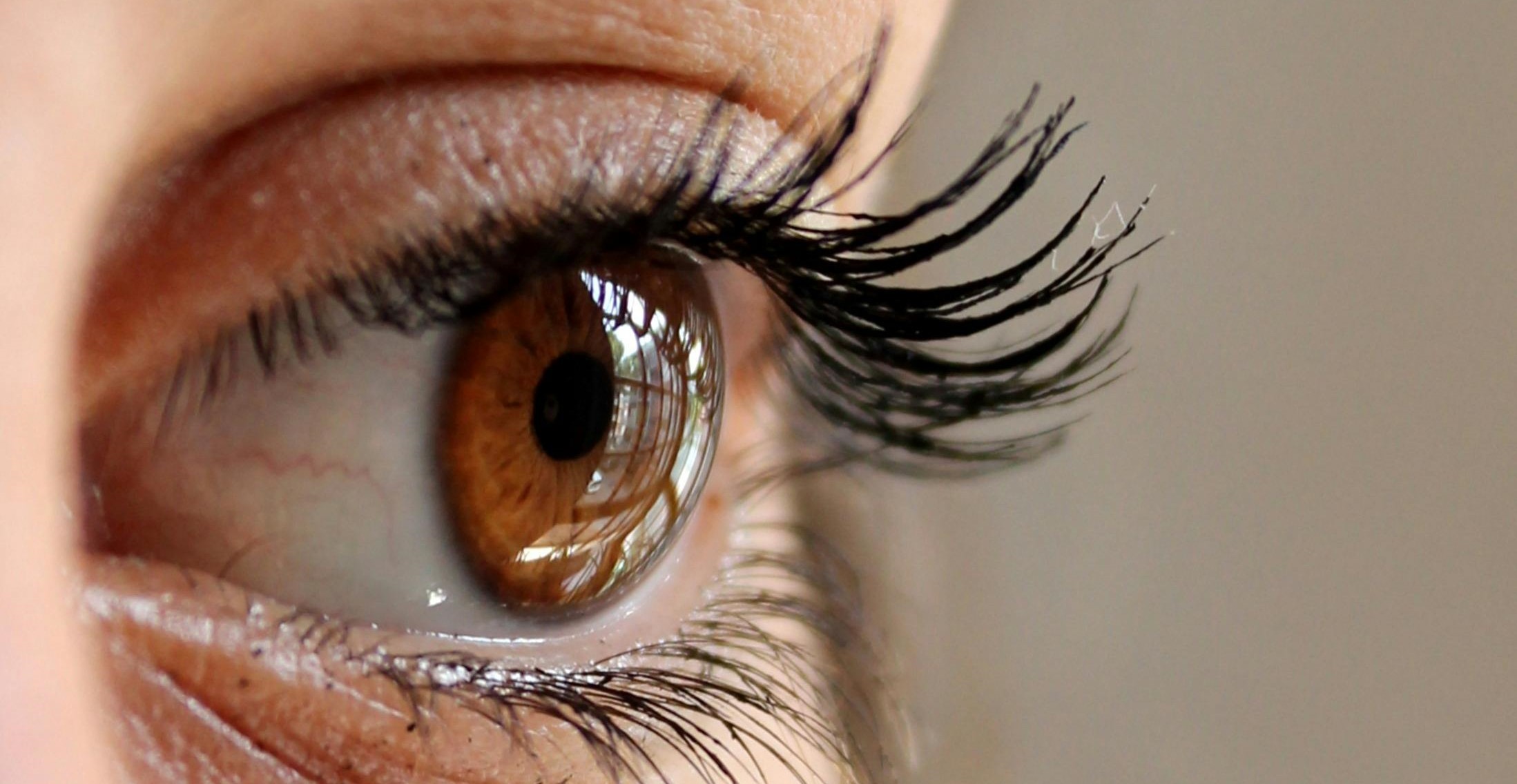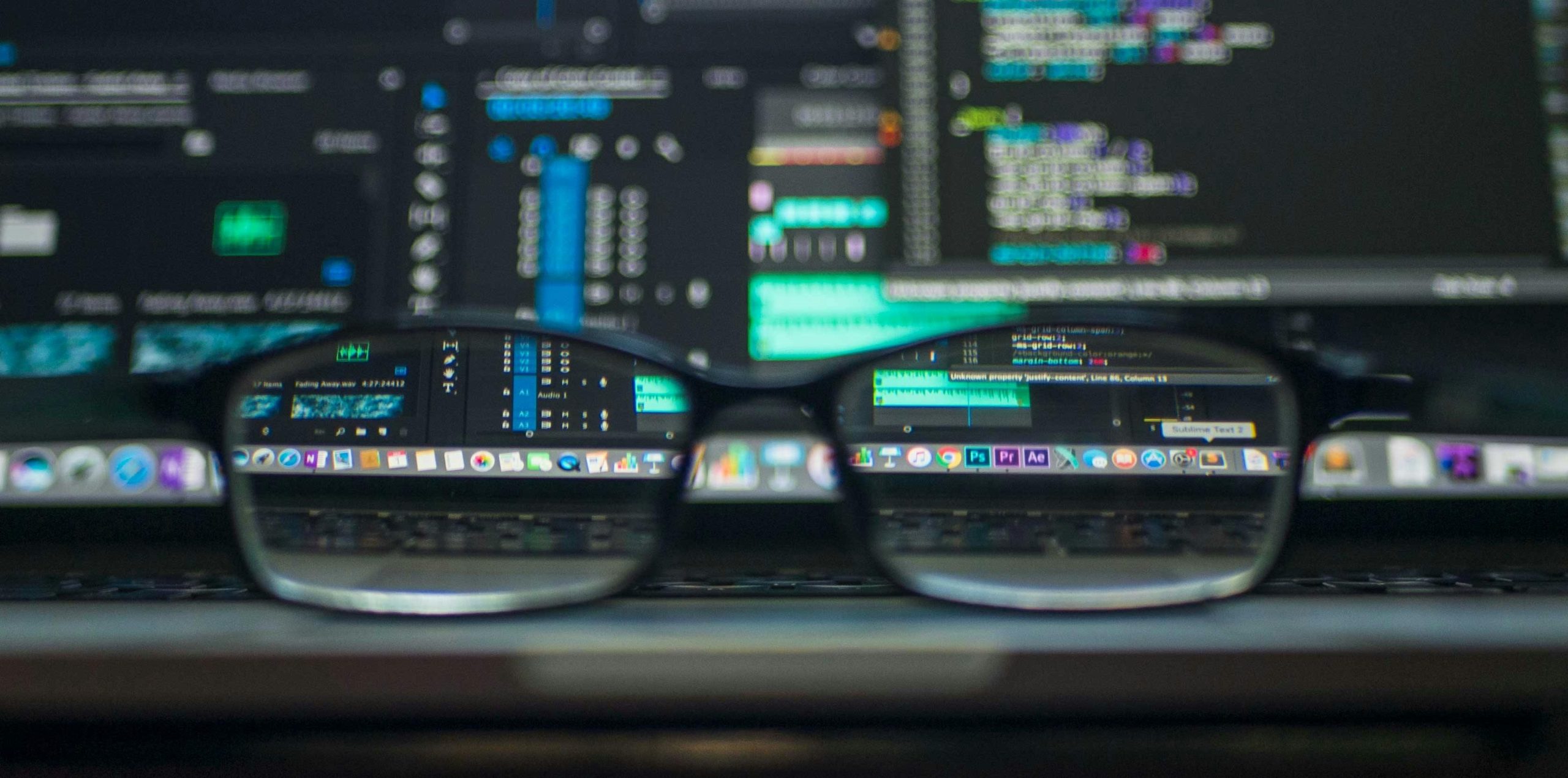
Digital Eye strain: Causes, Treatment & Prevention
Digital eye strain is an emerging healthcare problem in today’s society. With growing advancements in technology, we are now, more than ever reliant on a screen. This blog will explore what causes digital eye strain and how we can mitigate it’s affects.
What is it?
Digital eye strain, which is also known as Computer Vision Syndrome, causes a variety of eye-related symptoms. The average global internet user now spends 6 hours and 35 minutes online daily, with screentime on a constant upwards trajectory. Like a normal muscle in the body, this means it can be overworked and strained.
Symptoms in the eye can include:
- Blurred vision
- Dryness
- Redness
- Light sensitive
- Gritty
- Itchy
- Watery
- Fatigue

Why is it becoming more of a problem?
The rise in screen usage can be attributed to younger generations becoming more tech-savvy and widespread technological advancements in every aspect of our lives, from work to hobbies. Between October last year and October this year, there were 700,000 new social media users each day. This increase in accessibility creates a need to be online as a way of communication. This results in an increase in blue light exposure, contributing to further eye fatigue.

The COVID-19 pandemic fuelled this increase in online activity. Businesses and schools were forced to adapt to using services like Teams and Zoom daily, which has still carried on to some extent today. There was a 40-100% increase in internet service usage since pre pandemic, representing a cultural shift in way we operate in all industries.
How can you prevent it?
Look away Frequently
Due to the eye strain being caused by prolonged engagement with a screen, its important to look away. The 20-20-20 rule is a good rule to adhere to, where you shift your focus to something else every 20 minutes. You should look at something 20 feet away, for around 20 seconds. Ideally this would be looking at something in natural light, potentially looking out of a window.
Create an ergonomic workspace
Creating an ergonomic workspace is also vital when combating digital eye strain. Your screen should be about an arm’s length away and it should be directly level with your eyes. This reduces the intensity of the blue light. Increasing text size on the screen can improve readability, lessening the effort required to focus on text and decreasing fatigue.
Blue light filters
Consider using blue light coatings on your prescription glasses or enabling blue light filters on your devices. Many devices offer built-in blue light filters that are easy to activate, providing a simple and effective way to reduce exposure.
Get regular eye exams
Regular eye exams can ensure that potential eye problems are identified early on. Joining our Eyesense plan to personalised, predictive, preventative eyecare starts from £8pcm. These plans can also incorporate dry eye treatment.
Conclusion
Maintaining eye health is crucial if you want to avoid any more serious eye conditions in the future. Eye exams should be regular. Industry standard suggests eye exams are every 2 years. Due to the measurements we are now able to take using diagnostic equipment, we recommend annual eye exams to all of our patients under our Eyesense plan. They start at £8pcm, so that we can build evidence of early eye problems. This allows us to intervene and manage these issues sooner.
